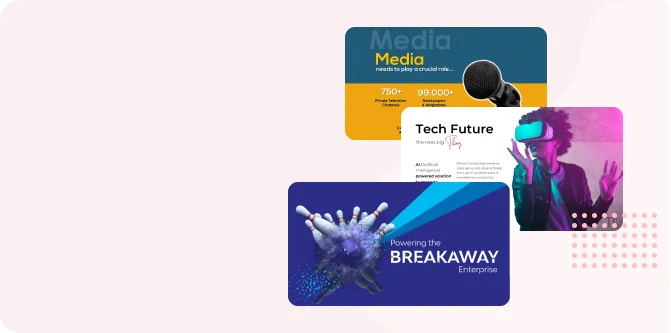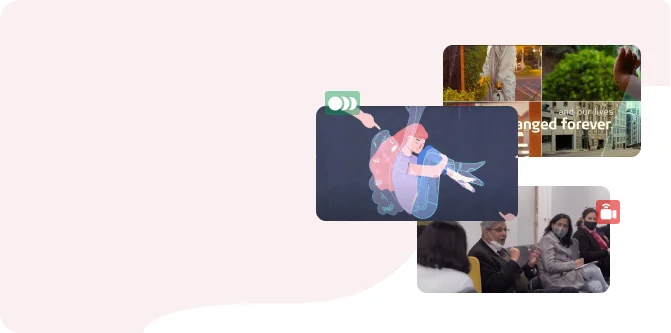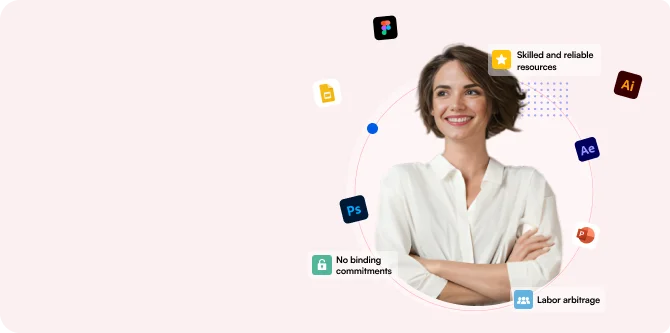Design thinking is a design methodology that provides a defined approach to solve complex problems. The approach helps in tackling problems that are undefined or unknown. This is done by understanding the needs, re-framing the problem, creating ideas, and by prototyping and testing. By understanding the 5-stage design thinking process we can solve a problem that occurs around us. Let’s take a closer look at the stages of the design thinking process.
Empathise
The first stage of the design thinking process is to empathise. It is imperative to gain an empathic understanding of the problem that you want to solve. For this, consult an expert who will help you find out about the problem. The consultant will observe, engage, and empathize with people to understand their experiences and gain a deeper insight into the issues. Empathy is crucial to the human-centred design process as it allows thinkers to gain insight into users and their preferences.
In this stage, a substantial amount of information about the users is gathered to use in the development of the product.
Define
The second stage is ‘define’, here you put together all the information that you gathered in the empathise stage. This is the stage where you analyse all the observations and synthesise them to define the core problem. In a human-centred manner, it is defined as a problem statement.
The define stage helps the designers to gather ideas to create prototype including functions, and other elements. These will allow designers to solve the problems.
Ideate
During the ideation stage of the design thinking process, designers are all set to generate vivid ideas. Now that they have understood the users and their needs in the empathise stage and analysed the observations in the design stage, they can start to think out of the box. They can even start exploring alternative ways of viewing the problem. With multiple ideation techniques such as Brainstorm, Brainwrite, and more, the designers can stimulate free thinking and expand the problem space.
It is essential to generate ideas and problem solutions at the beginning of the ideation phase. Other ideation techniques can also be picked to investigate and test your ideas so that you find the best way to solve a problem or provide the elements that are required to circumvent it.
Prototype
In the fourth stage of design-thinking process, the design team will go ahead with producing prototypes. While designing multiple prototypes they can investigate the problem solutions in the previous stage. The testing can be done within the team, in other departments, or a small group outside the deign team. Testing is done with the aim to identify the best solutions for problems that were identified in the other three stages.
The identified solutions are then implemented within the prototypes and are tested again on the basis of the user experiences. By the end of the fourth stage, the design team will be aware of the constraints inherent to the product. They will have a clearer view of the problems and how the users will perceive and interact with the end product.
Test
Using the solutions identified during the prototyping phase, designers test the product. Testing is the final stage in the design thinking process, but being an iterative process, the results generated may redefine more problems. The final stage may require alterations and refinements in order to rule out problem solution and derive a deep understanding of the product.
Conclusion
The 5-stage design thinking process is a linear process. However in practice, the process is carried out in a more flexible manner. For example, the design team may conduct testing on more than one stage concurrently. The designers can also collect information and prototype so as to bring more ideas and visualise the problem solutions. The testing phase may showcase insights about users which will lead to brainstorming and development of new prototype.
In order to gain informative insights for your product, the design thinking stages can be switched and repeated several times to expand the solution space and zero down the problems.



